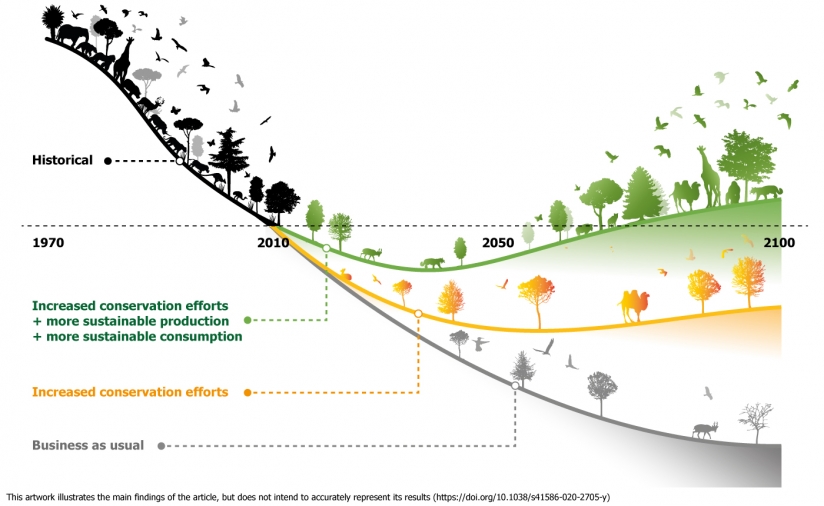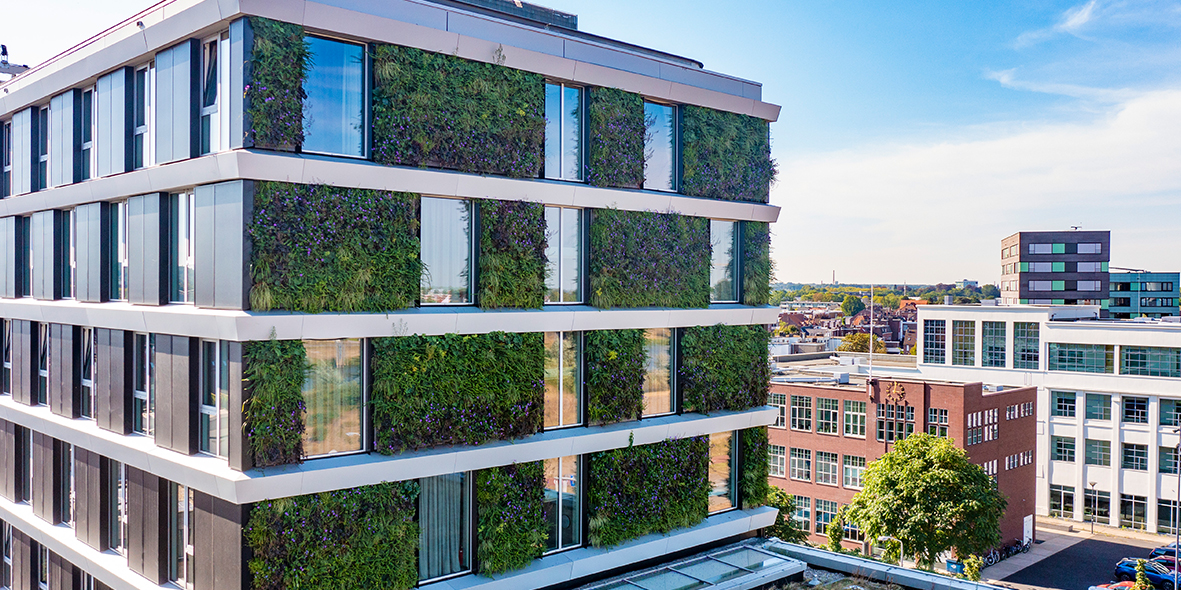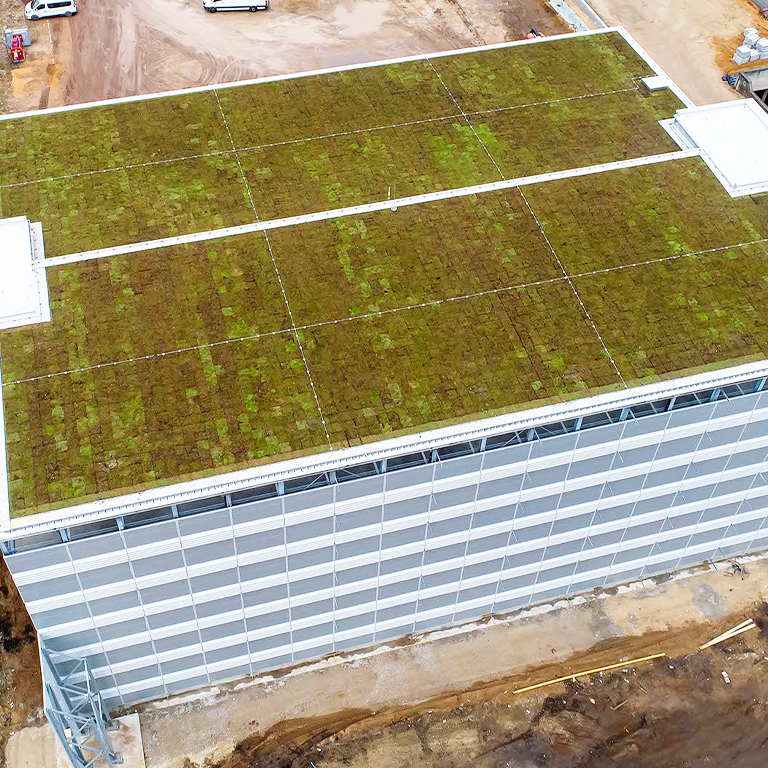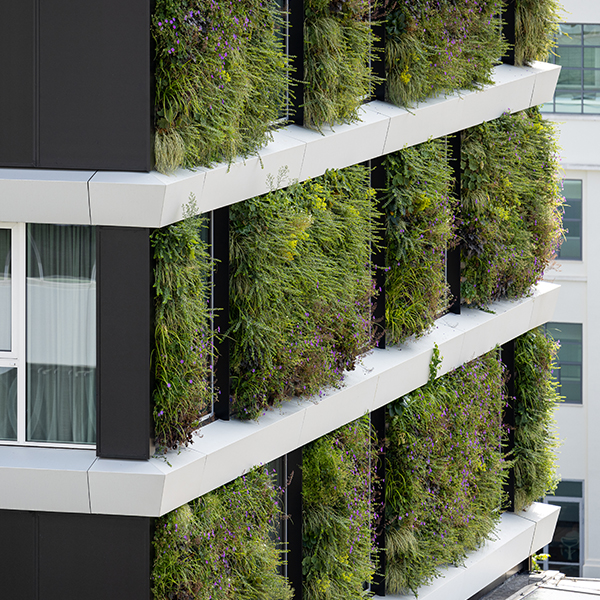Mobilane introduces the DNA InsectScan for living walls in collaboration with SGS Search. A new unique and innovative method to measure the effectiveness of living walls for biodiversity.
Monitoring insects through DNA
Effective ecological strategies around buildings can enhance the diversity of (flowering) plants, thereby supporting a more diverse insect population. However, due to their small size arthropods such as insects are among the most difficult taxa to detect and monitor, despite being the most numerically abundant taxa on Earth. Monitoring of the insect species in a given area and their overall biodiversity characterization, may be an effective way to track success in promoting the pivotal ecosystem services that these species provide. The DNA InsectScan for living walls by SGS Search is an innovative and useful tool to keep track of those changes through the utilization of insect environmental DNA (eDNA) due to its sampling simplicity, low processing time, accuracy and sensitivity to asses insect communities when compared with traditional biodiversity surveys.








